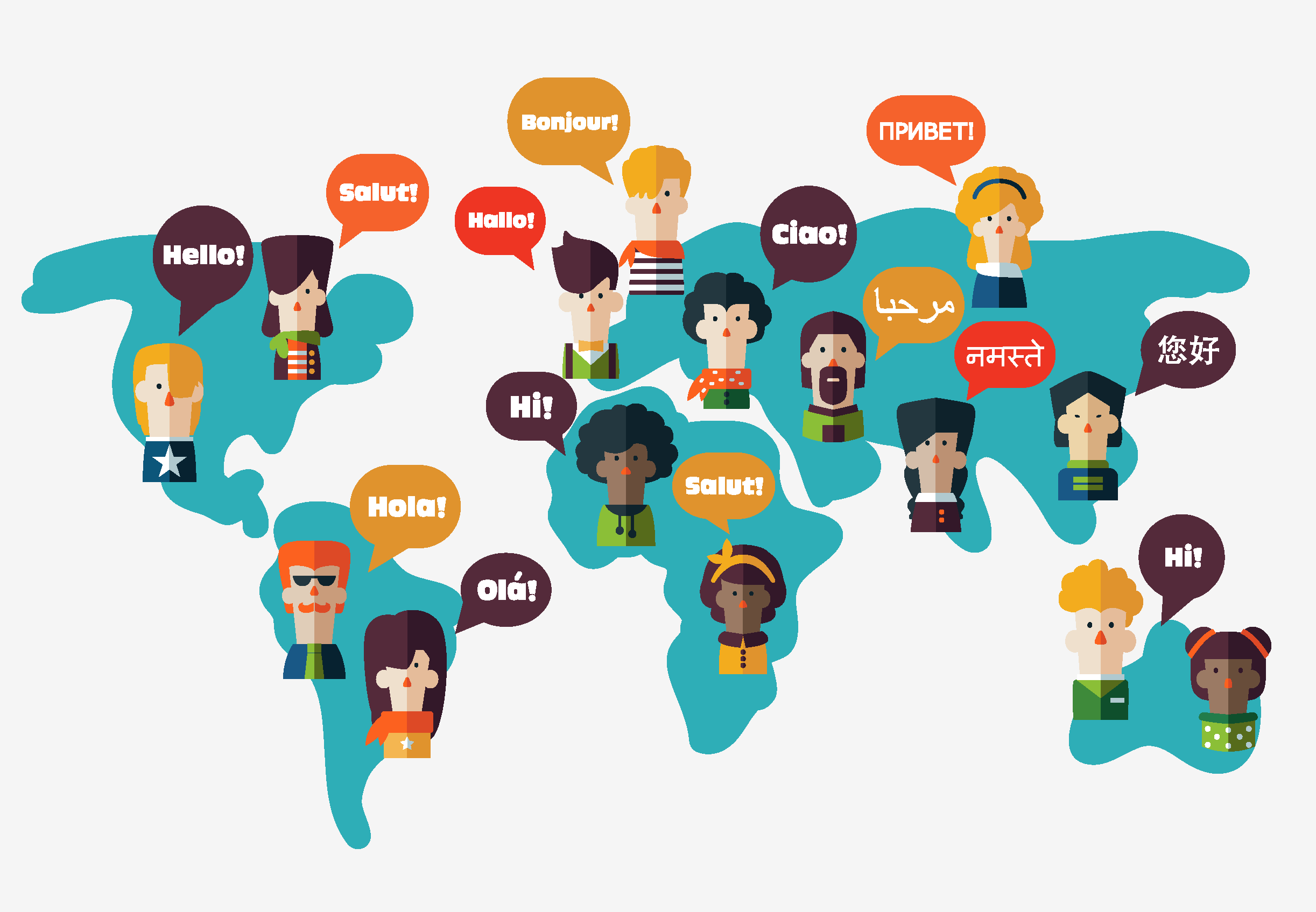Booklet: Little Words for Big Celebrations : French Idioms (France 2024)
Little Words for Big Celebrations : French Idioms (France 2024)
04 November (France ) within release Little Words for Big Celebrations : French Idioms (2024) goes into circulation Booklet Little Words for Big Celebrations : French Idioms face value 12*Lettre No Face Value
| Booklet Little Words for Big Celebrations : French Idioms in catalogues | |
|---|---|
| Colnect codes: | Col: FR 2024.11.04-01 |
Booklet is horizontal format.
Stamp from booklet. Face value € 1.29 per stamp on day of issueAlso in the issue Little Words for Big Celebrations : French Idioms (2024):
- Stamp - A ski paraît … face value Lettre;
- Stamp - Bises houx! face value Lettre;
- Stamp - C'est truc de dinde! face value Lettre;
- Stamp - Ça T'en Bûche Un Coin! face value Lettre;
- Stamp - Car paix dit aime! face value Lettre;
- Stamp - Crise de joie! face value Lettre;
- Stamp - Des vœux tu en voila! face value Lettre;
- Stamp - Du pain des pistes! face value Lettre;
- Stamp - Faites la Fête! face value Lettre;
- Stamp - Il n'y a pas de saumon fumé sans feu! face value Lettre;
- Booklet - Little Words for Big Celebrations : French Idioms face value 12*Lettre;
- Stamp - Meilleurs œufs! face value Lettre;
- Stamp - Toujours le 1er sur son 31 face value Lettre;
Booklet Little Words for Big Celebrations : French Idioms it reflects the thematic directions:
A fish is any member of a group of animals that consist of all gill-bearing aquatic craniate animals that lack limbs with digits. They form a sister group to the tunicates, together forming the olfactores. Included in this definition are the living hagfish, lampreys, and cartilaginous and bony fish as well as various extinct related groups. Tetrapods emerged within lobe-finned fishes, so cladistically they are fish as well. However, traditionally fish are rendered obsolete or paraphyletic by excluding the tetrapods (i.e., the amphibians, reptiles, birds and mammals which all descended from within the same ancestry). Because in this manner the term "fish" is defined negatively as a paraphyletic group, it is not considered a formal taxonomic grouping in systematic biology. The traditional term pisces (also ichthyes) is considered a typological, but not a phylogenetic classification. The earliest organisms that can be classified as fish were soft-bodied chordates that first appeared during the Cambrian period. Although they lacked a true spine, they possessed notochords which allowed them to be more agile than their invertebrate counterparts. Fish would continue to evolve through the Paleozoic era, diversifying into a wide variety of forms. Many fish of the Paleozoic developed external armor that protected them from predators. The first fish with jaws appeared in the Silurian period, after which many (such as sharks) became formidable marine predators rather than just the prey of arthropods. Most fish are ectothermic ("cold-blooded"), allowing their body temperatures to vary as ambient temperatures change, though some of the large active swimmers like white shark and tuna can hold a higher core temperature. Fish are abundant in most bodies of water. They can be found in nearly all aquatic environments, from high mountain streams (e.g., char and gudgeon) to the abyssal and even hadal depths of the deepest oceans (e.g., gulpers and anglerfish). With 33,100 described species, fish exhibit greater species diversity than any other group of vertebrates. Fish are an important resource for humans worldwide, especially as food. Commercial and subsistence fishers hunt fish in wild fisheries (see fishing) or farm them in ponds or in cages in the ocean (see aquaculture). They are also caught by recreational fishers, kept as pets, raised by fishkeepers, and exhibited in public aquaria. Fish have had a role in culture through the ages, serving as deities, religious symbols, and as the subjects of art, books and movies.
Language is a structured system of communication that consists of grammar and vocabulary. It is the primary means by which humans convey meaning, both in spoken and written forms, and may also be conveyed through sign languages. Human language is characterized by its cultural and historical diversity, with significant variations observed between cultures and across time. Human languages possess the properties of productivity and displacement, which enable the creation of an infinite number of sentences, and the ability to refer to objects, events, and ideas that are not immediately present in the discourse. The use of human language relies on social convention and is acquired through learning.


